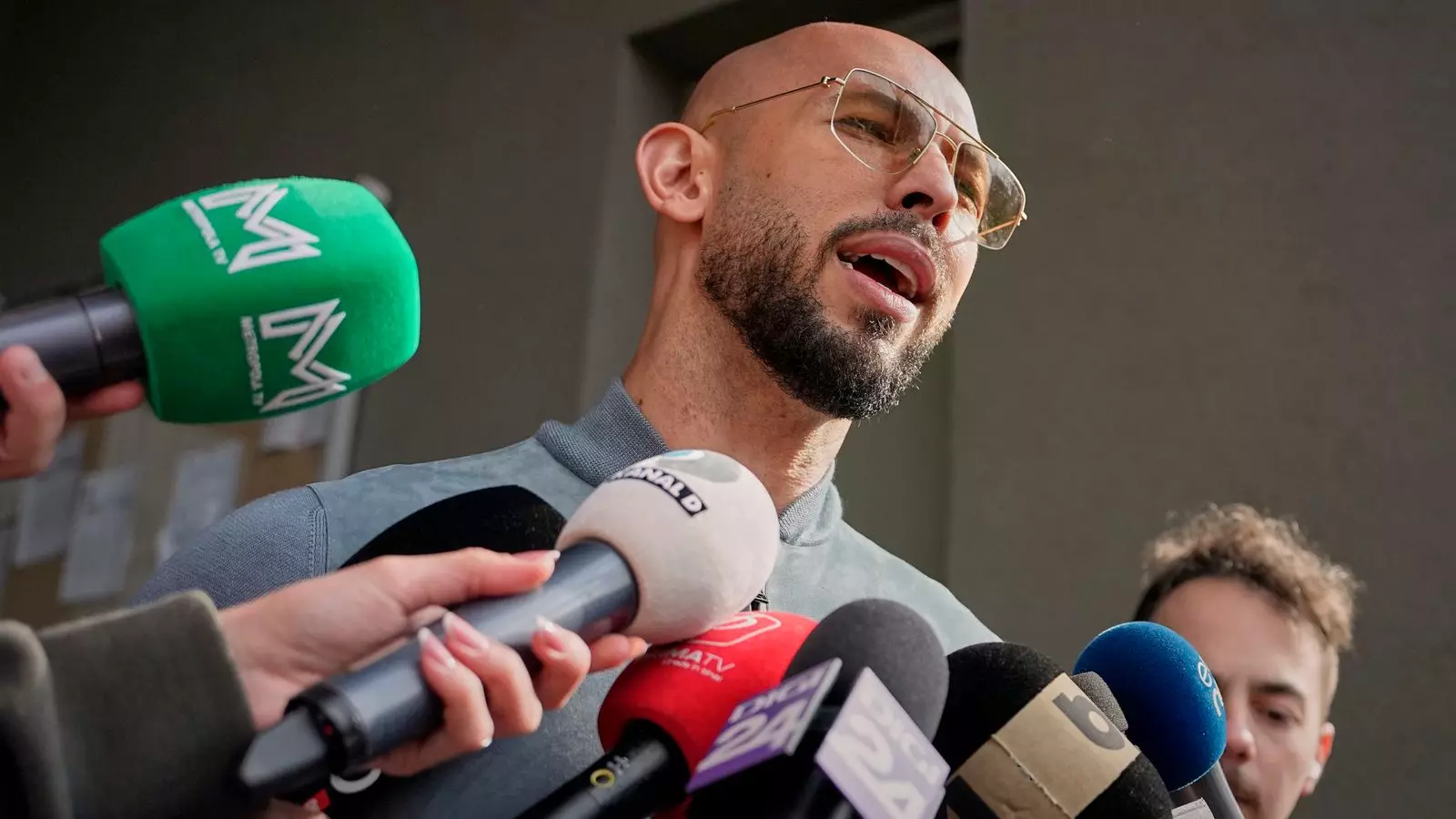In contemporary society, the alarming impact of social media has become an undeniable concern—particularly regarding the younger generation’s development. A recent poll conducted by the NASUWT teaching union, gathering insights from over 5,800 teachers across the United Kingdom, sheds light on a distressing reality: social media influencers are not merely entertainers, but a potent force fueling misogyny and sexism, permeating the very fabric of our classrooms. This revelation prompts us to delve into the insidious consequences of allowing such toxic influences to shape impressionable minds.
While platforms like Instagram and TikTok may promise connectivity and entertainment, they often serve as breeding grounds for harmful ideologies. An unsettling 59% of teachers surveyed reported a clear degradation in student behavior linked specifically to social media engagement. The alarming trends emerging from these statistics raise the question: Are we, as a society, complicit in nurturing a culture that normalizes derogatory attitudes toward women? With male influencers like Andrew Tate garnering vast followings, the ramifications of his rhetoric are no longer limited to the digital sphere; they seep confidently into classrooms, altering interpersonal dynamics among students.
The Haunting Presence of Andrew Tate
The mention of controversial figures like Andrew Tate reverberates through the insights of teachers, who frequently cite his influence as damaging. One educator described the disheartening spectacle of 10-year-old boys refusing to engage with her solely based on her gender. Such incidents expose a troubling trend: young boys are increasingly adopting archaic notions of masculinity, emboldened by the rhetoric of socially harmful figures. Teachers have reported an uptick in “derogatory language toward female staff” and a troubling shift in how boys interact with both female teachers and male peers who do not conform to their rigid definitions of masculinity.
This shift doesn’t merely signal a transient phase—it’s revealing systemic issues that teachers are left to confront without adequate institutional support. The notion that influences like Tate are steering youth toward toxic masculinity is not an isolated observation but a significant warning that requires immediate attention.
Political Apathy and the Need for Urgent Action
If we are to confront this rising tide of misogyny and extremism, we cannot indulge in complacency. Recent discussions led by Prime Minister Keir Starmer at Downing Street, addressing how to prevent young boys from falling into a “whirlpool of hatred and misogyny,” indicate a rare acknowledgment of the crisis. Yet, talks and discussions without substantial action are merely a Band-Aid affixed to a festering wound.
Even within the Conservative Party, voices like Kemi Badenoch are now recognizing the detrimental effects of social media. She faced personal tragedy when her cousin took their life after succumbing to what she referred to as an “internet rabbit hole.” Such poignant experiences highlight an urgent call to action, stressing that the discussion regarding social media’s dangers extends beyond children; it pertains to the fabric of our society as a whole. If the fate of our youth is at stake, surely we must prioritize more than mere conversations about banning mobile phones in schools.
The Role of Educational Institutions
The responsibility of addressing these societal challenges should not lie solely at the feet of teachers, as Patrick Roach, the general secretary of the NASUWT, aptly pointed out. “There is an urgent need for concerted action involving schools, colleges, and other agencies to safeguard all children and young people from the dangerous influence of far-right populists and extremists.” Recognizing that education can act as an “antidote to hate” is essential, but educational institutions must be equipped with the necessary tools, support, and community collaboration to genuinely tackle the root causes of this emerging culture.
As we navigate this daunting reality, it is imperative to foster environments that nurture respect, understanding, and dialogue. Allowing the narrative shaped by social media influencers to dictate the interactions of our youth is not merely dubious; it’s a betrayal of their potential.
Now is the time for a collective response that transcends educational reform—it is a societal mandate to shift the narrative back toward positivity, solidarity, and empowerment. The stakes are too high to ignore.


Leave a Reply